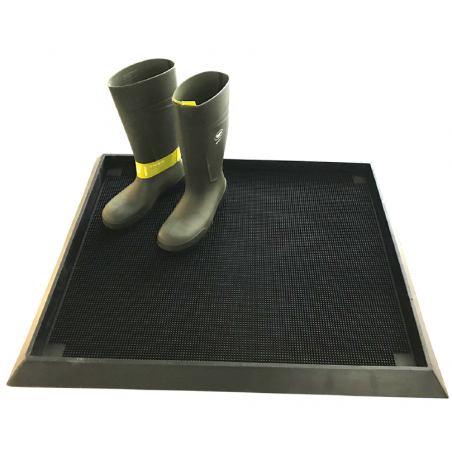If you are waiting for the return of normal, it’s time to snap out of it and realize that normal, as defined in our small stretch of living memory, is gone forever. The world has already entered a very active period where the series of events both underway and on the way, as well as the coming accommodations to them, are not easily anticipated. The mystery in what is unfolding is because none of it is in our lived experience. We all tend to read the tea leaves regarding the future by looking to similar periods in the past. This creates what is called confirmation bias, the false belief we understand what is happening, and make no mistake, confirmation bias rules the day.
The twin pandemics of African Swine Fever (ASF) and COVID-19 disease have forced a new era not only onto pork and meat producers but also onto the world at large. Some of the changes which have been imposed upon us are likely to stick in the long-term and will escalate other changes like a landslide or avalanche which starts slowly and innocently but then picks up enough momentum to mow down anything in its way.

First, it seems very unlikely that China will resolve the problem of ASF in the next decade or possibly ever. Some systems will be successful in creating an impenetrable bio-security fortress around some fraction of production, but ASF-free China is a pipe dream. Adding to the list of spoilers, vast areas of China are currently flooded which is just another in a series of random shocks preventing a smooth return to China’s goal of self-sufficiency in pork production. Will this make the future bright for would-be exporter nations? I can already smell the new structural overproduction coming, luckily the global industry will likely be saved from itself by capital providers.
Second, there is an increasing probability that distractions due to the COVID-19 pandemic will play a role in the renewed spread of ASF to other major pork producing regions. There are only so many guardians at the gate and if they are taking your temperature and asking about your symptoms, there are less of them looking into your luggage or the thousands of trucks and container shipments at the ports and borders. Reduced tourist and domestic travel due to the pandemic have been a tremendous help but will soon end. We know from customs officials, it is currently being transferred by ordinary people, many of whom do not know the dangers, across national boundaries. ASF can also be carried in processed feed and grain shipments from areas where it is active. If it breaks, expect demand erosion due to fears of zoonotic transmission, even when it is not possible. All part of the process speeding the avalanche of change.
In response to all of this, changes are coming to pork and other meat chains by capital providers who will be forcing the restructuring of inflexible elements of these chains through some level of disaggregation into smaller but still coordinated chains, as well as a dramatic increase in robotics and other variance reducing technologies. Flexibility is the new requirement. The one-two punches landed on both supply and demand by ASF and COVID-19 disease have revealed that the current industry structure is fraught with too much structural (unavoidable) risk concentrated within inflexible parts of the chain and must therefore be reimagined and then refashioned.
This will happen as the cost of capital and the forced liquidity requirements of obtaining capital become too burdensome and financially inefficient for current systems to manage profitably. Think of the new, much higher liquidity requirements as lenders demanding that producers maintain much higher equity reserves (which cannot be invested in the business), but rather held to guard against losses too great to service loans.
There is a fundamental risk inequality which can no longer be bridged which producers of livestock face (due to long, inflexible production processes) compared to the rest of the chain participants, when production is organized as independent entities. Overproduction can happen due to poor decisions about the level of real future demand but also due to unforeseen political decisions, the sudden closure or loss of slaughter capacity, and pandemics which disrupt the chain and its distribution channels. The inflexible nature of biological production, standing alone in these disasters, has not only forced unacceptable and deep financial losses on producers but in the extreme, the euthanizing of millions upon millions of animals, evidencing more than just a financial catastrophe.
Current events are dramatically showcasing the risk premium of independently owning biologically inflexible production systems. As I have mentioned many times, this is already leading to the consolidation of production and processing both from the processor down and the production company up. This hardly solves all the problems, but it at least offers new profit opportunities to pay the higher risk premiums, at least some of the time. Execution errors and a large target on the back of these systems by animal rights provocateurs and progressive government forces in some countries often damage this profit premium even in these coordinated systems. Welcome to the future of world pork production.





